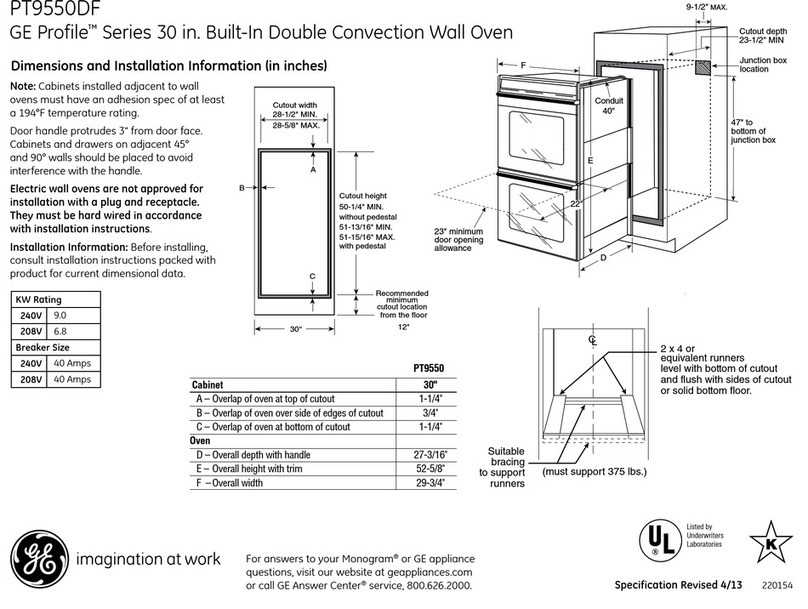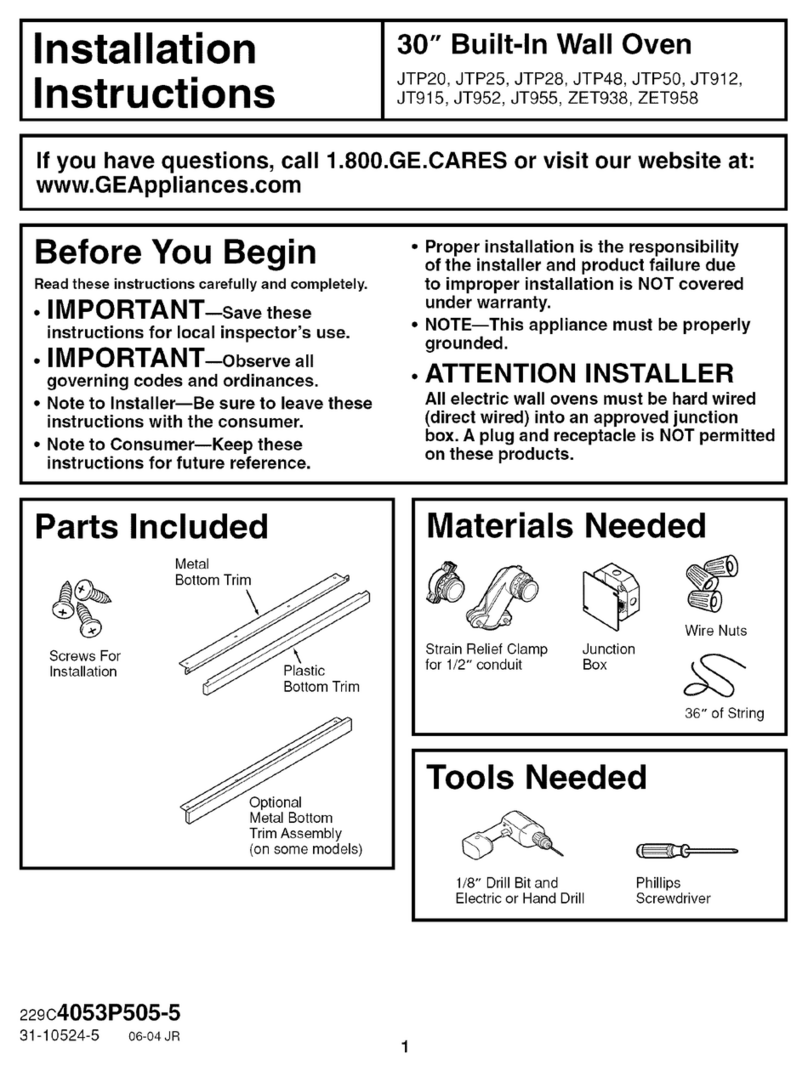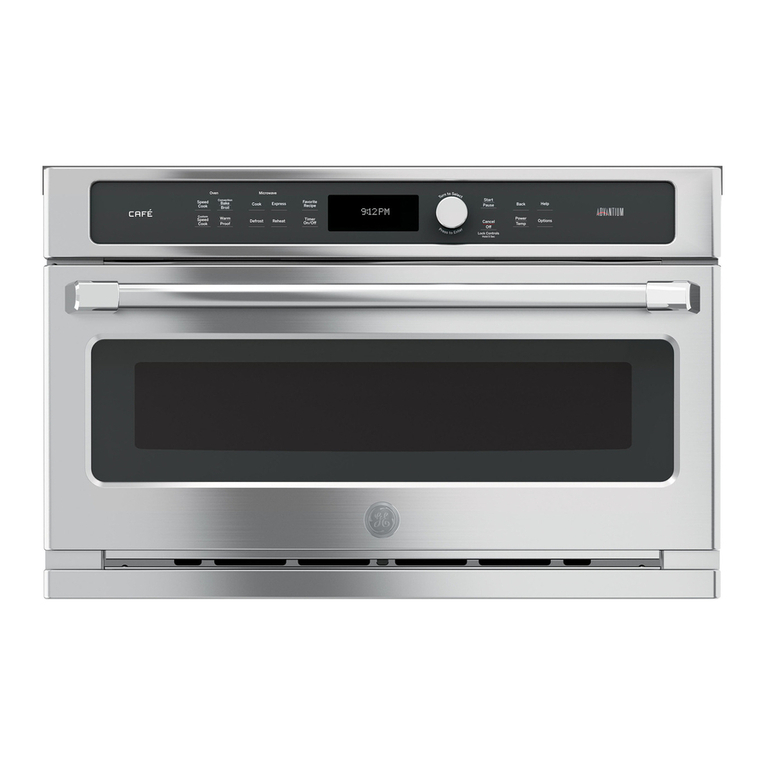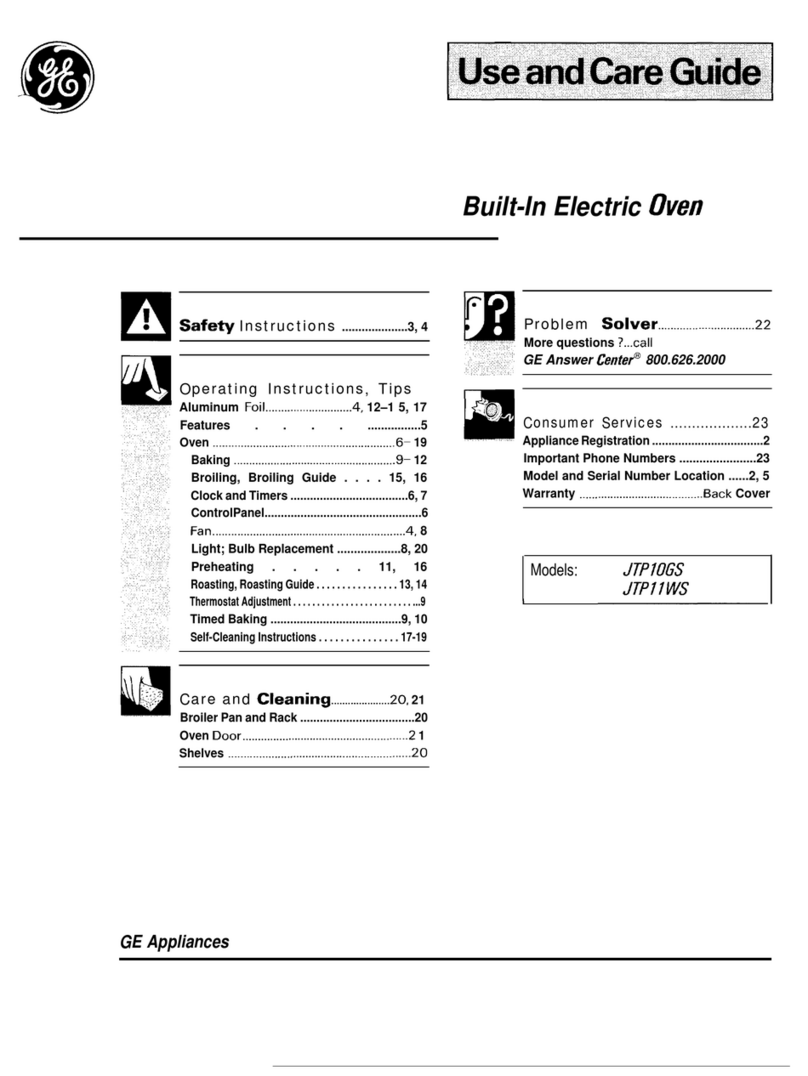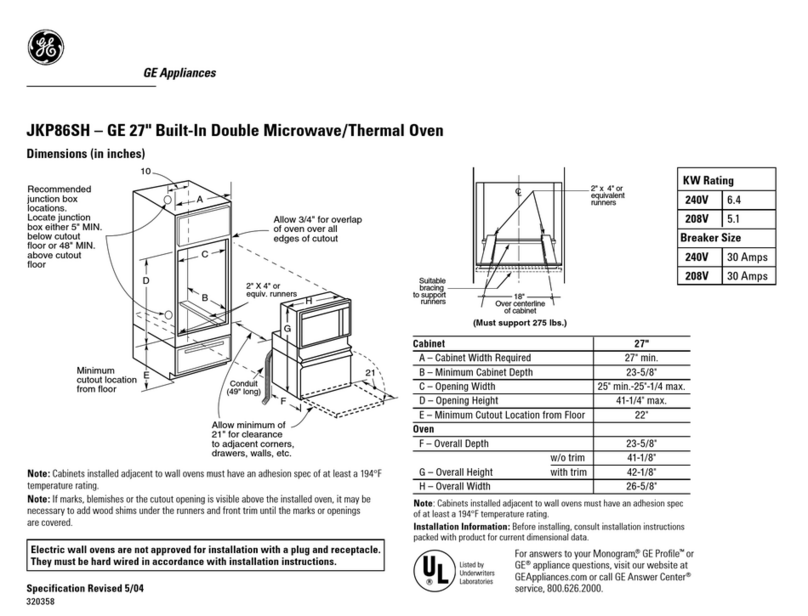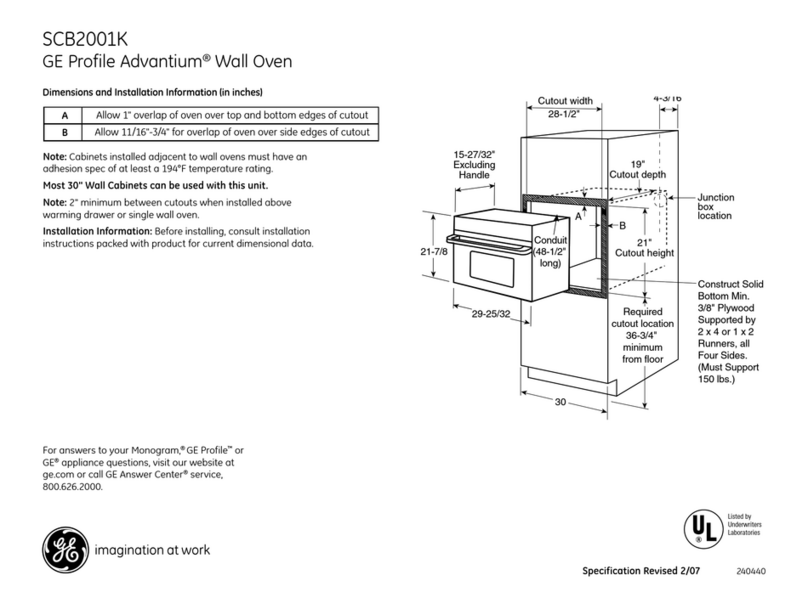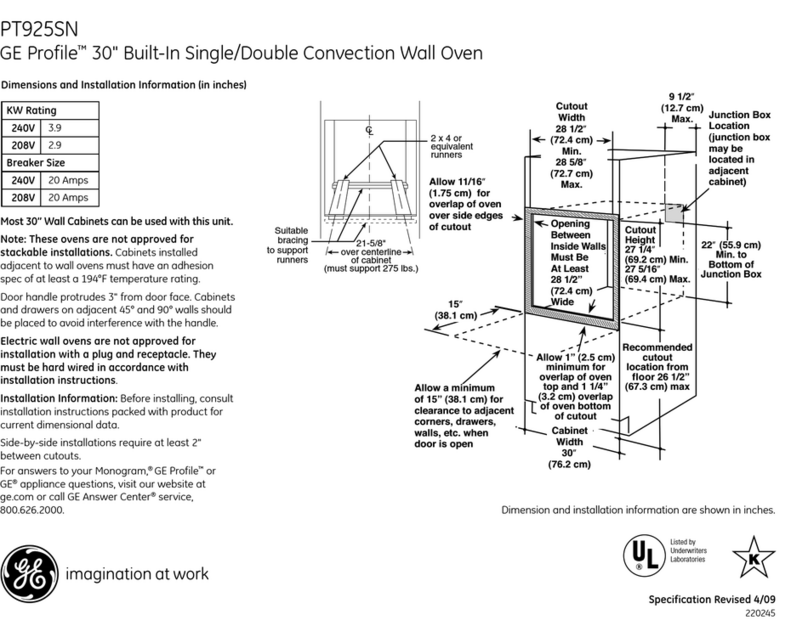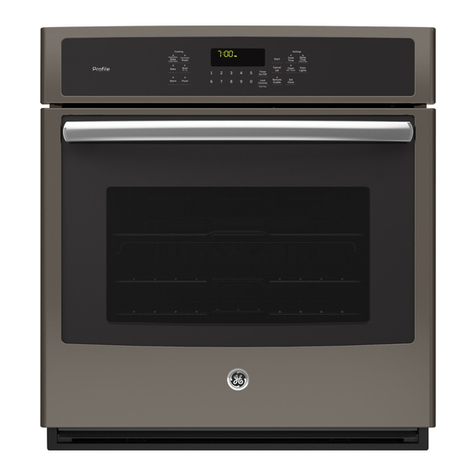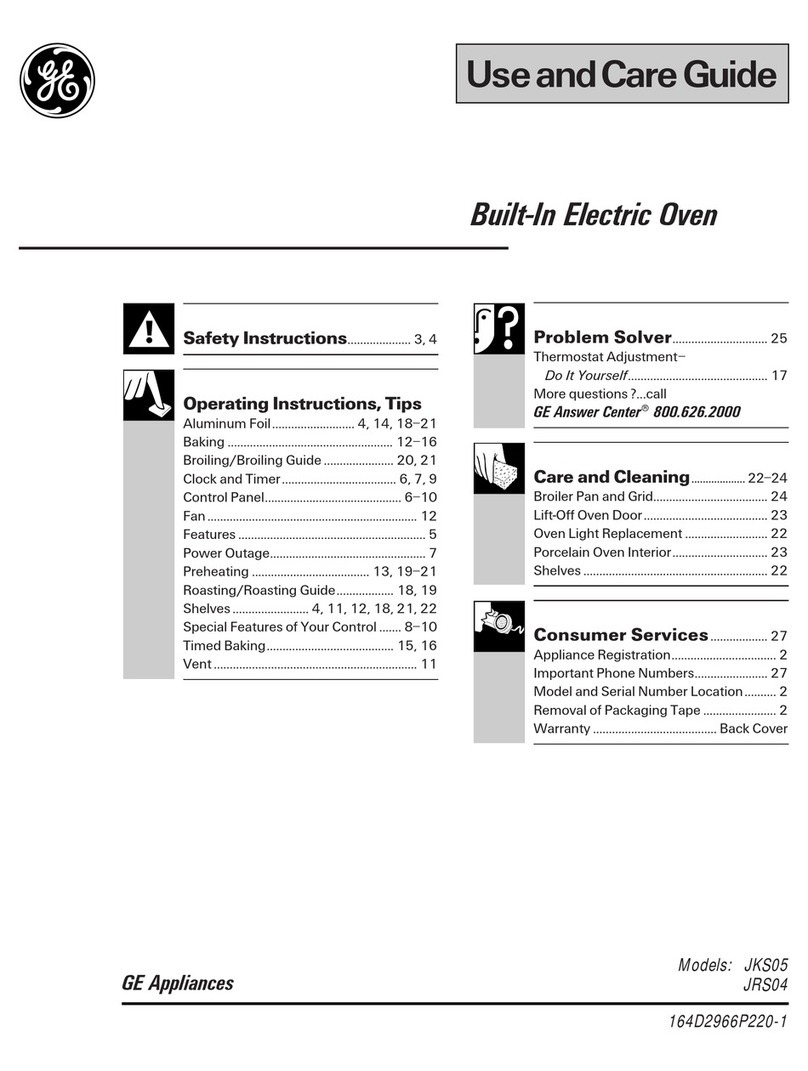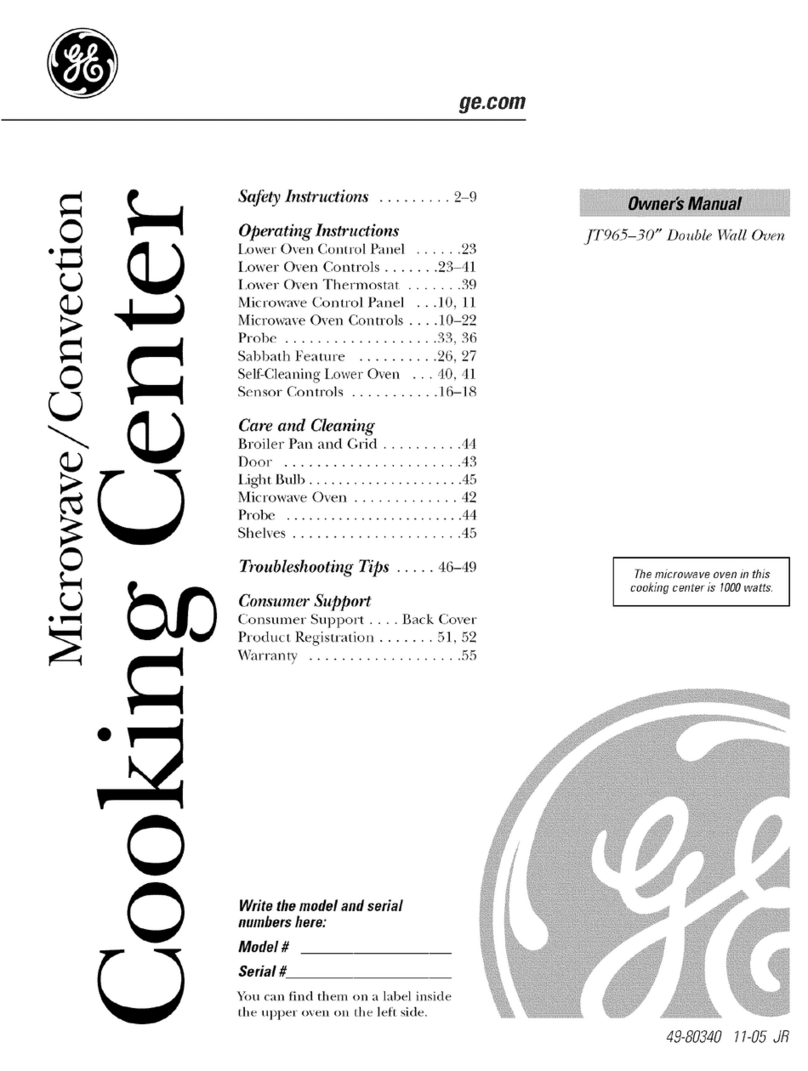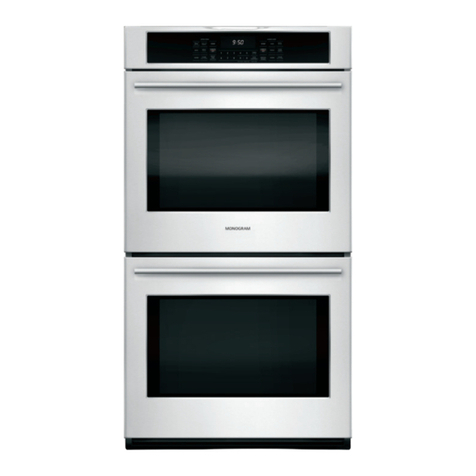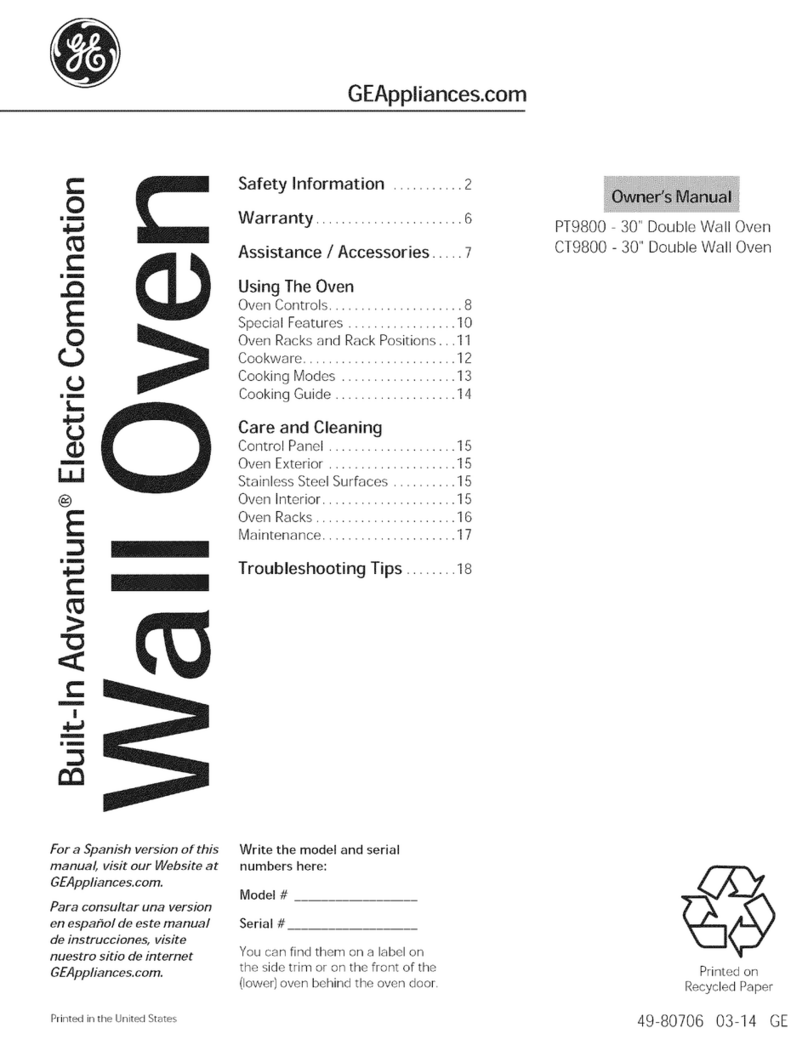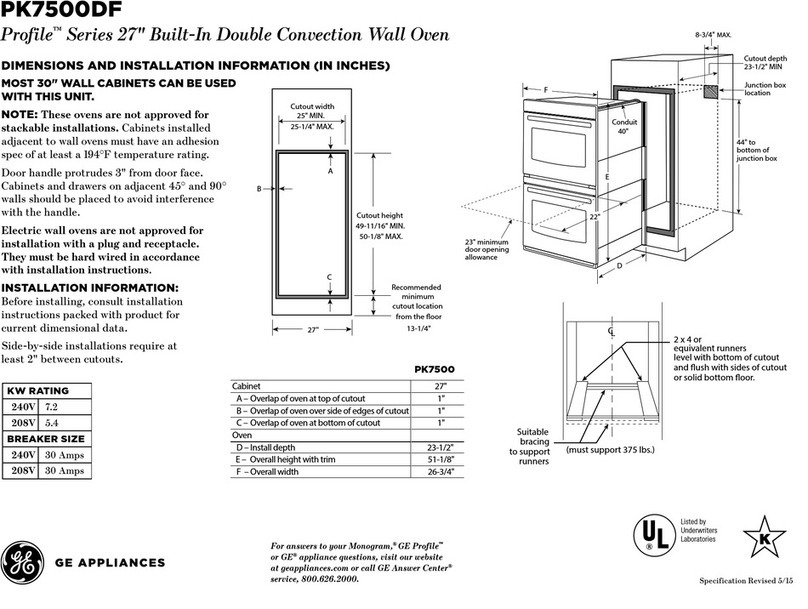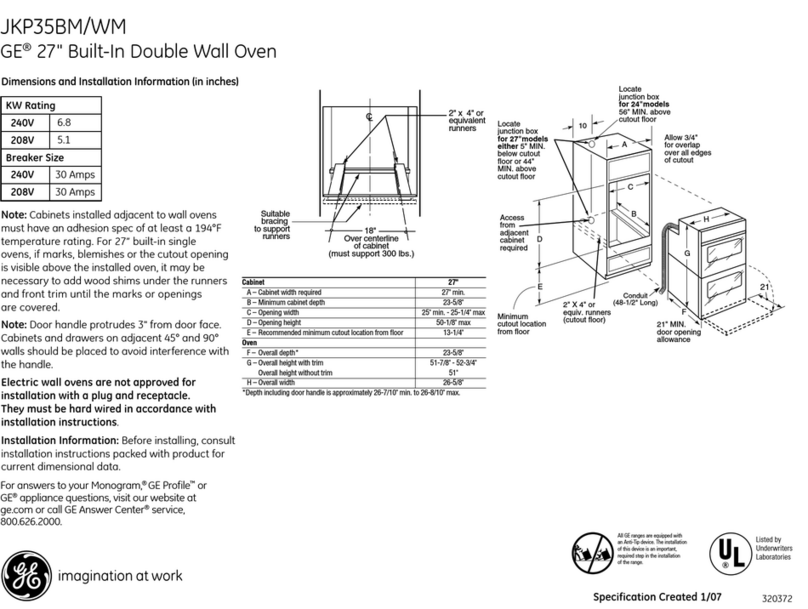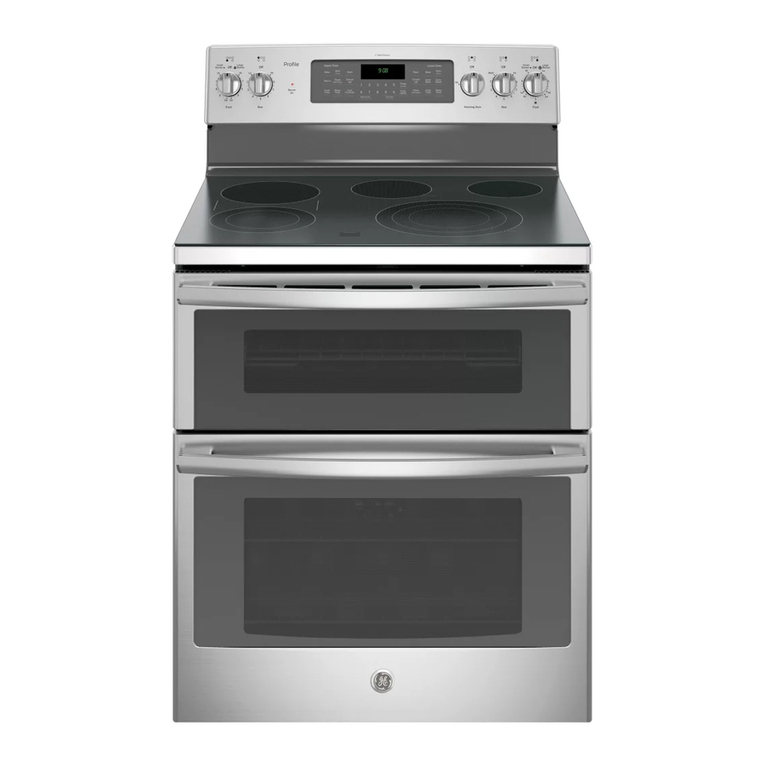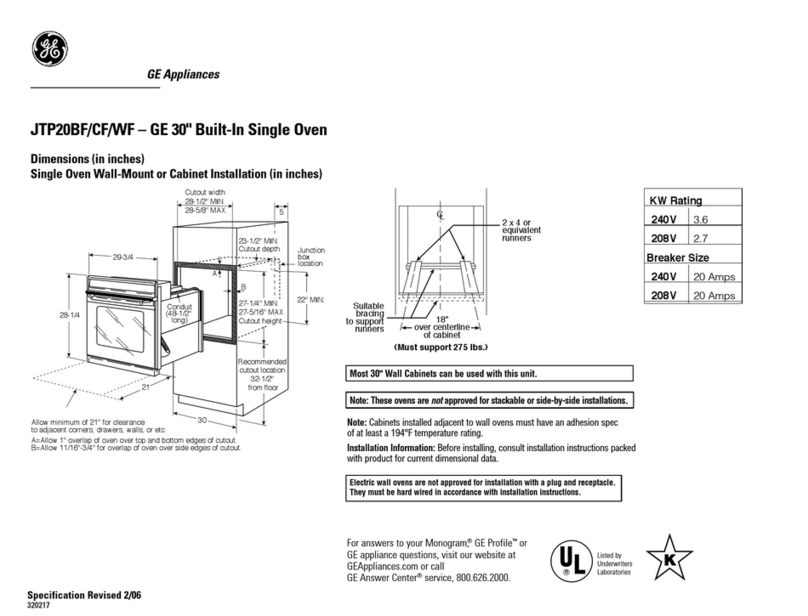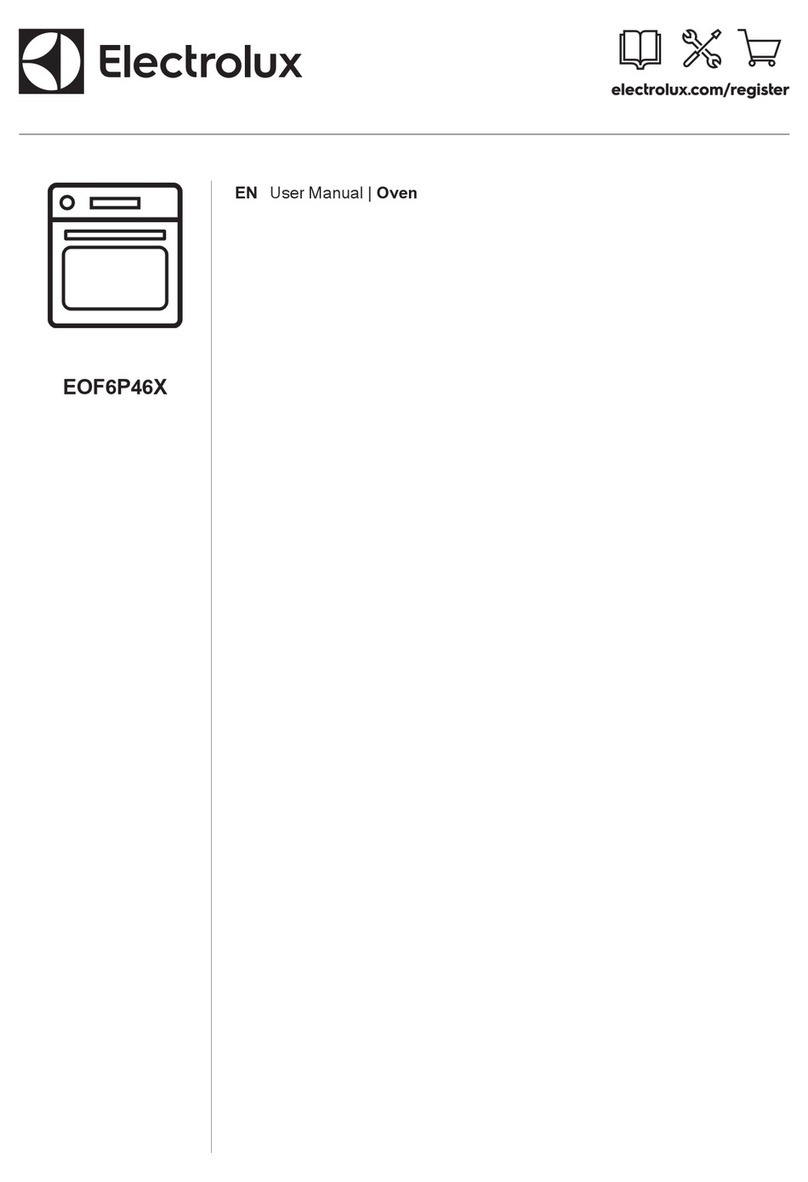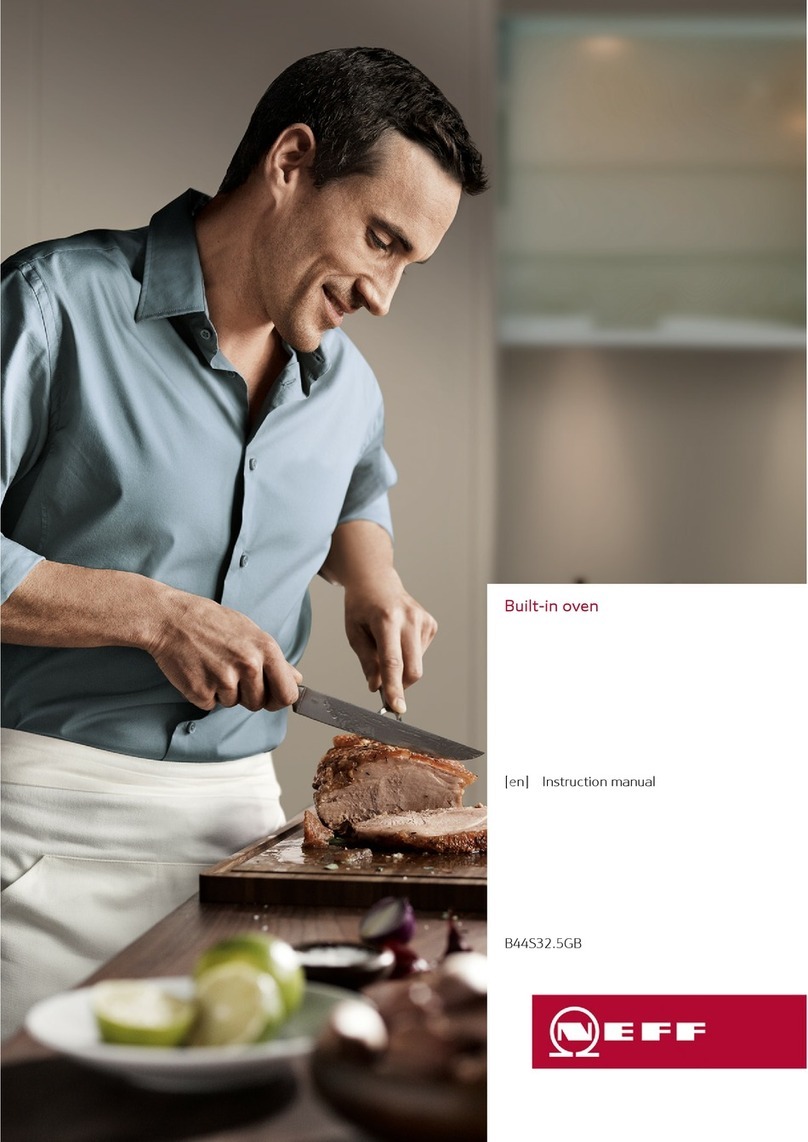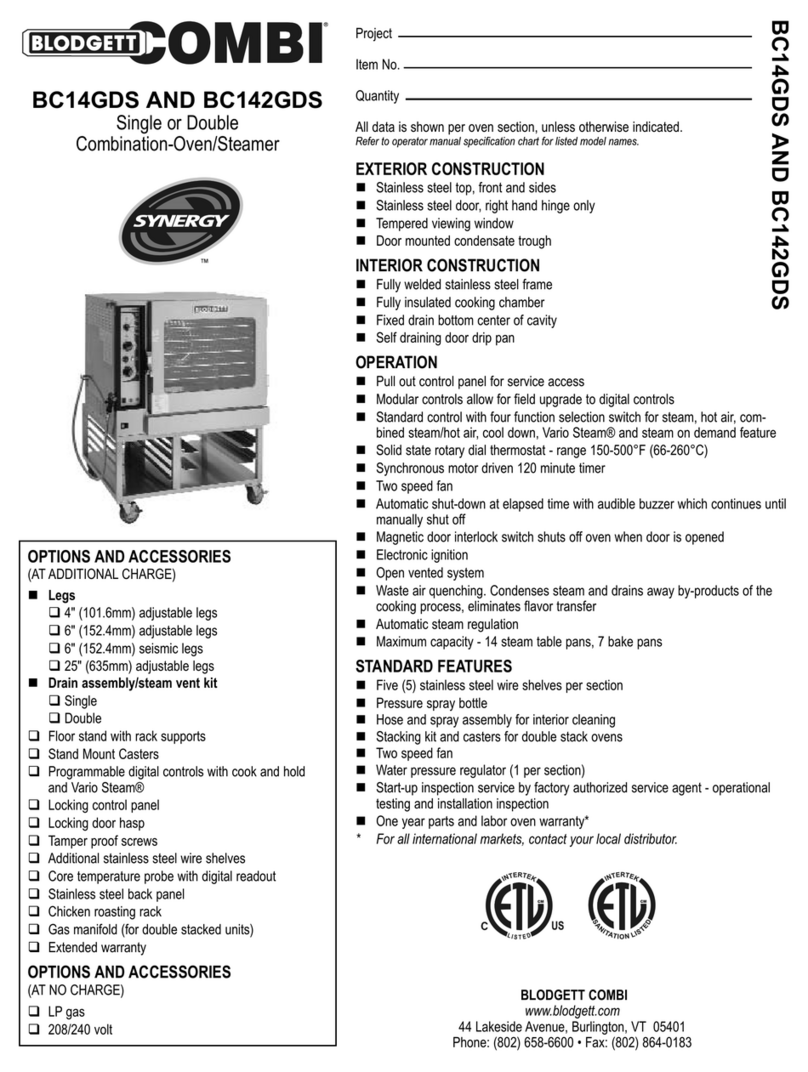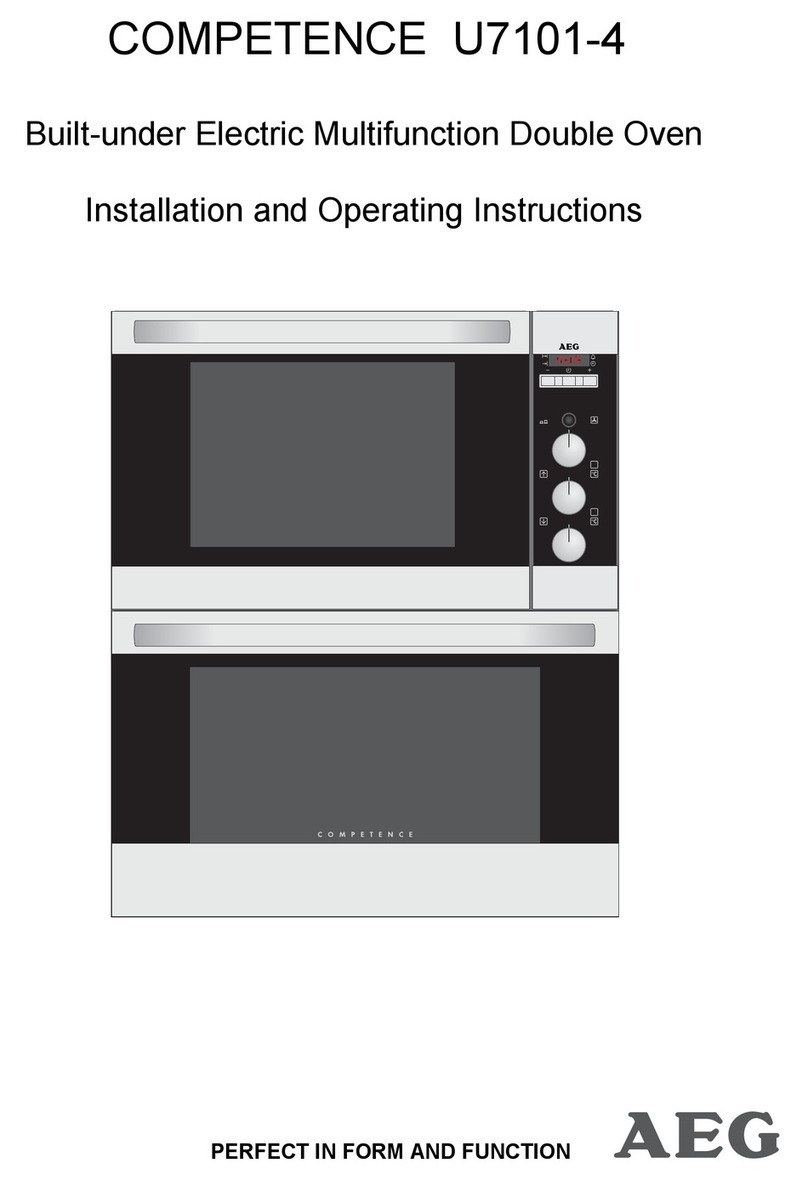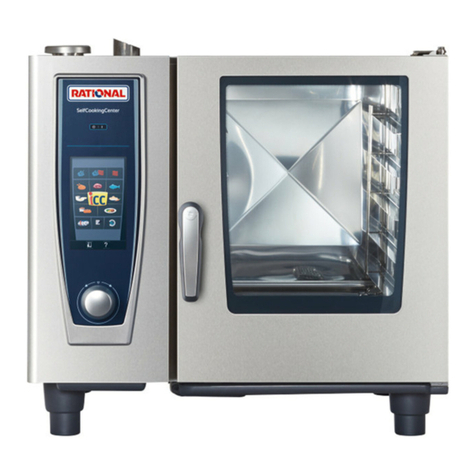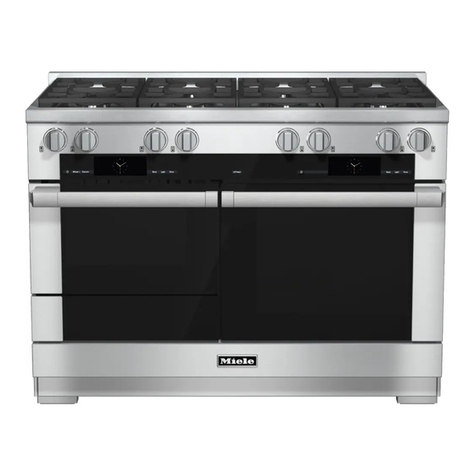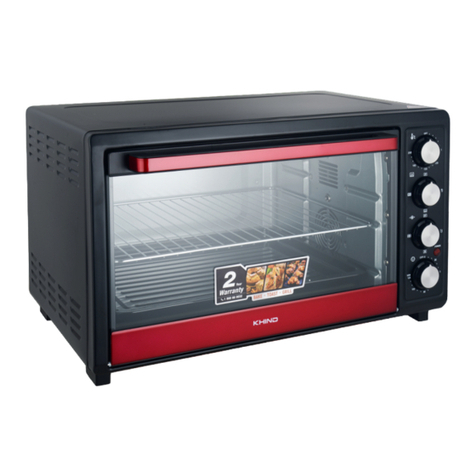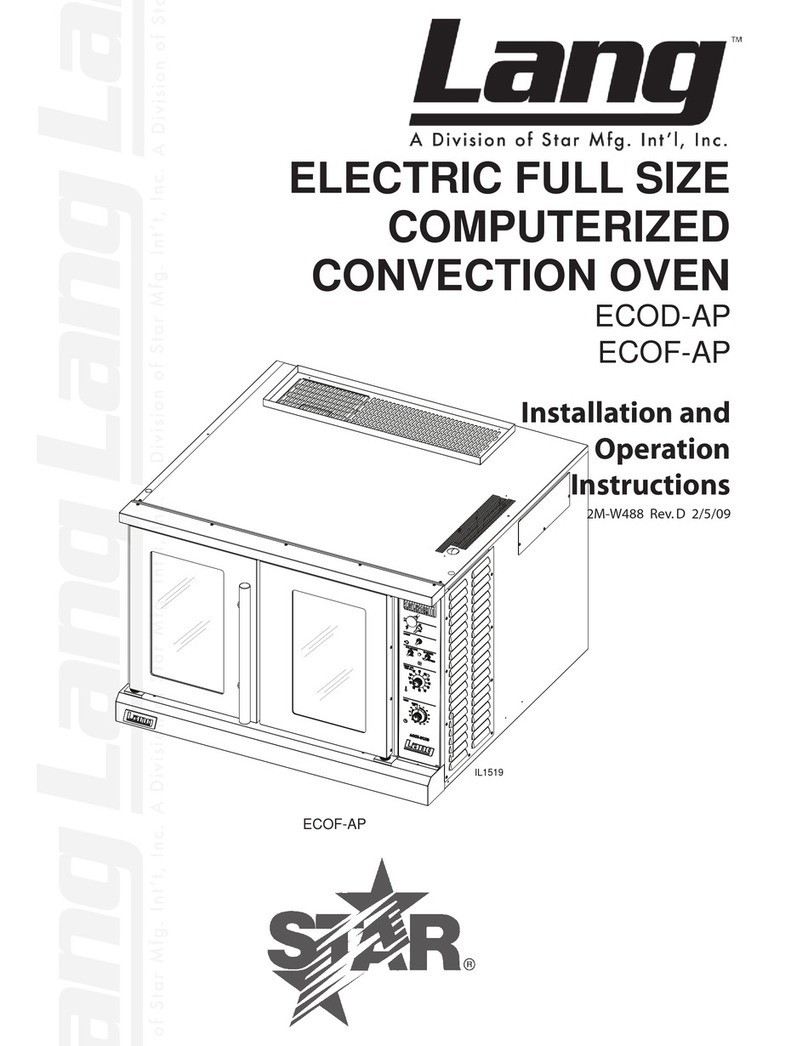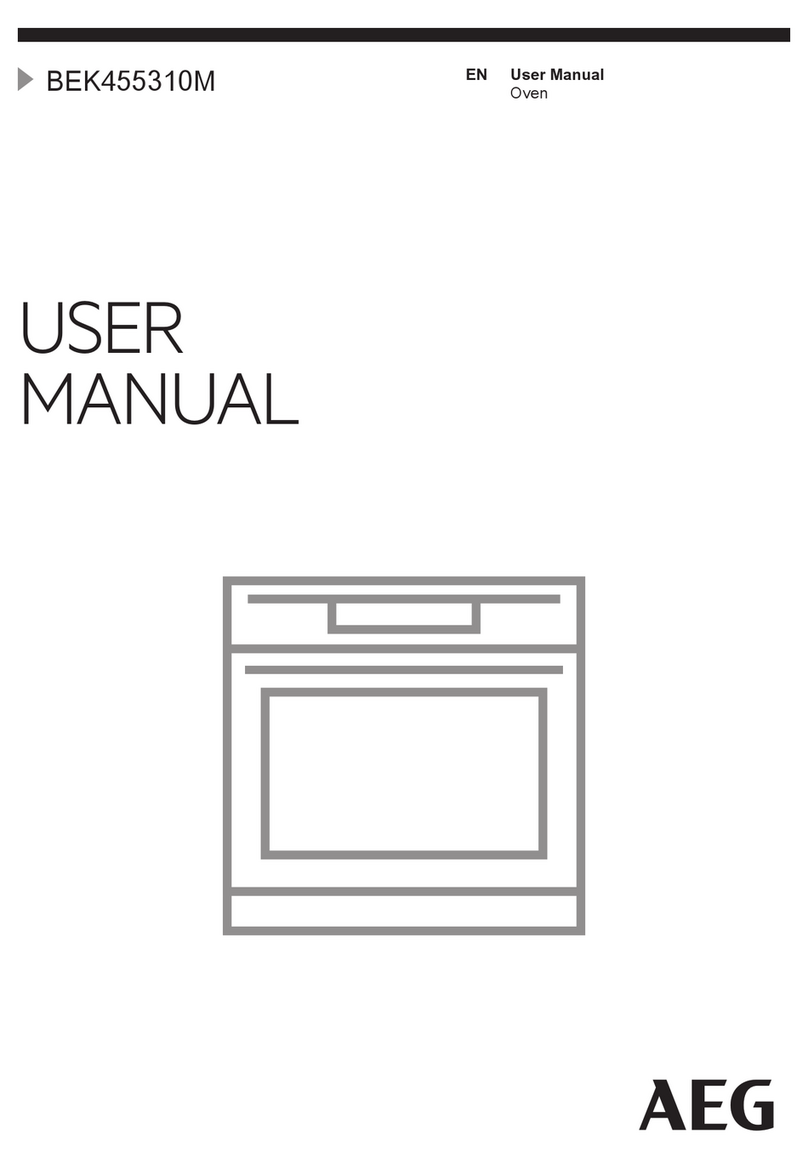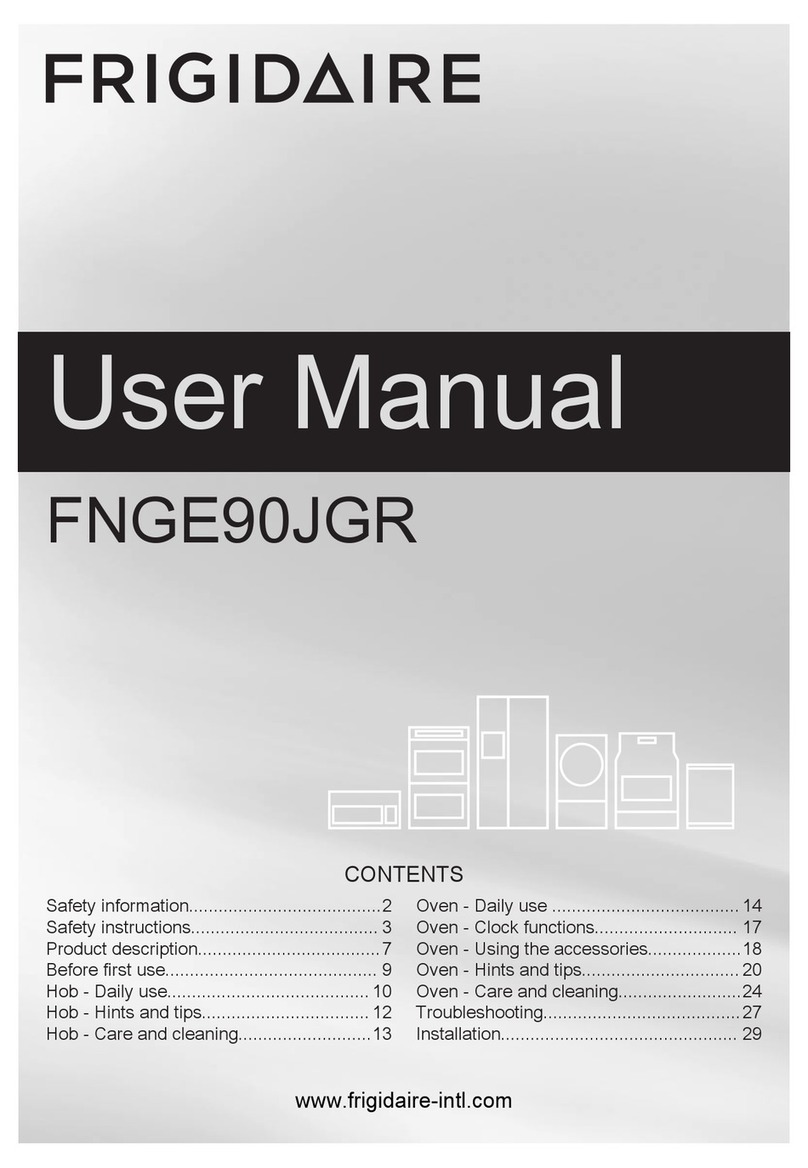AUTION: ITEMS OF INTEREST TO
CHILDREN SHOULD NOT BE STORED IN
CABINETS ABOVE ARANGE OR ON THE
BACKSPLASH OF ARANGE-CHILDREN
CLIMBING ON THE RANGE TO REACH
ITEMS COULD BE SERIOUSLY INJURED.
●Use only dry pot holders—moistor
damppotholderson hot surfacesmay
resultin burnsfrom steam.Do not Iet
potholderstouchhotsurfaceunitsor heating
elements.Do notuse atowelor otherbulkycloth.
Suchclothscan catchfire on ahot sufiaceunitor
heatingelement.
●Alwayskeep dish towels,dish cloths,pot holders
and other linensasafedistancefrom your range.
●A1wayskeep wooden and plastic utensils and
canned food asafe distance from your range.
●Alwayskeepcombustiblewallcoverings,curtains
or drapes asafe distance from your range.
●Never wear loose-fittingor hanging garments
while using the appliance. Be carefulwhen
reachingfor itemsstoredin cabinetsoverthe
Inge. Flammablematerialcouldbe ignitedif
~roughtin contactwithhot surfaceunitsor
heatingelementsand maycausesevereburns.
●DO NOT STORE OR USE COMBUSTIBLE
MATERIALS, GASOLINE OR OTHER
FLAMMABLE VAPORSAND LIQUIDS IN
THE VICINITY OF THIS OR ANYOTHER
APPLIANCE.
●Keep the hood and grease filters clean to
maintain good ventingand to avoid grease fires.
●Do not let cookinggrease or other flammable
materials accumulate in or near the rar~ge.
e
8’6 ●Do not use water on grease fires.
+- ~fNever pick up aflaming pan. Turn
thecontrolsoff. Smotheraflamingpan
on asutf~ceunitby coveringthe pan completely
withawell-fittinglid.cookiesheetor flattray.
Useamulti-purposedry chemicalor foam-type
fireextinguisher.
Flaminggreaseoutsideapan can beput out by
coveringit withbakingsodaor,if available,by
usingamulti-purposedry chemicalor foam-type
fire extinguisher.
~lamein the ovencan be smotheredcompletely
by closingtheovendoorand turningtheovenoff
or by usingamulti-purposedry chemicalor foam-
typefire extinguisher.
●
●
Teach children not to play with the controls or
any other part of the range.
Do not touch the surface units, heating
elements or the interior surfaces of the oven. ~
Thesesurfacesmaybe hotenoughto burn even
thoughtheyare dark in color.Duringand after
use,do nottouch,or let clothingor other
flammablematerialscontactthe surfaceunits,the
areasnearbythe surfaceunitsor any interiorarea
of theoven;allowsufficienttimefor coolingfirst.
Potentiallyhot surfacesincludethe cooktop,areas
Pacingthe cooktop,ovenventopening,surfaces
nearthe opening,crevicesaroundthe ovendoor
andmetaltrimpartsabovethe door.
Remember: Theinsidesurfaceof theovenmay
be hot whenthe dooris opened.
●Whencooking pork, followthe directions
exactlyand alwayscookthe meatto an internal
temperatureof at least77”C.(170°F.).This
assuresthat,in theremotepossibilitythattrichina
maybe presentin the meat,it willbe killedand
themeatwillbe safeto eat.
Oven
●Stand away from the range when opening the
oven door. Hot air or steamwhichescapescan
causeburnsto hands,face and/oreyes.
●Do not heat unopened food containers.
Pressurecouldbuildup and thecontainercould
burst,causingan injury.
●Keep the oven vent duct unobstructed.
*Keep-the oven free from grease buildup.
cPlace the oven shelf in the desired position
while the oven is cool.If the shelvesmustbe
handledwhenhot,do notlet apotholdercontact
the heatingelements.
*Pulling out the shelf to the shelf stop is a
conveniencein lifting heavy foods. Itis also
aprecautionagainstburnsfromtouchinghot
surfacesof the dooror oven walls.
●When using cooking or roasting bags in the
oven, followthe manufacturer’sdirections.
●Do not use your oven to dry newspapers.
If overheated,theycan catchon fire.
(cfJtllir714ecl 11,.r[ [Jflcsf’)
